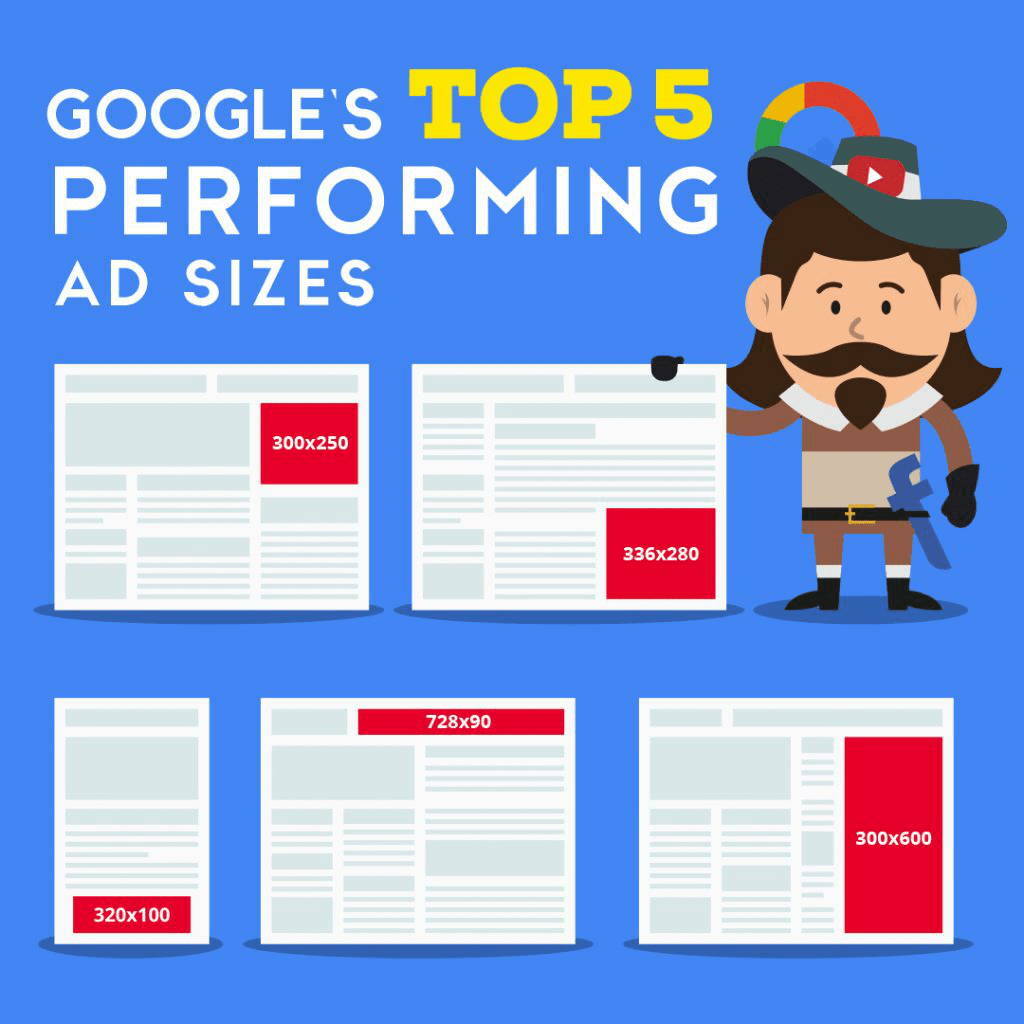People Hate Ads: How Marketers Can Address This Problem

Can you even imagine reaching such a result today? With an average CTR of 0.34%, banner ads are no longer as effective as they were 26 years ago. While achieving 1994 numbers would require a real miracle, you can still improve your online advertising performance significantly. But before you find out how to make people pay attention to your ads, let's check out some mind-blowing statistics.
Display ads: statistics
What's banner blindness?
Elements found in the sidebar are affected by banner blindness most often.
How to avoid banner blindness?
Some marketers would opt for more effective and long-lasting marketing techniques, including content marketing, SEO, and email marketing, instead of struggling to find the perfect advertising formula. However, it's comparing apples to oranges. Content marketing can't be an alternative to online advertising as well as SEO can't be replaced by social media marketing.
Brands keep increasing their display advertising budgets, and for good reason – it's still one of the most effective ways to deliver significant results fast. That's why it certainly makes sense to make an effort and develop a better display advertising strategy. Go beyond traditional banner ads, leverage technologies, consider user experience – and you'll see how beneficial online advertising can be when done right.
Adjust size and placing
Remember that users scan the page from the top left side to the right side. That's why leaderboard banners at the top of the page usually perform better than other types of ads.
Next, make sure that you leverage the most effective ad size and shape. You can either test what works for you the best or trust the statistics. According to Google, there are 5 top-performing ad sizes:
- Medium rectangle – 300 x 250
- Large rectangle – 336 x 280
- Large mobile banner – 320 x 100
- Leaderboard – 728 x 90
- Half page – 300 x 600

Test ad placements
What's an ad placement?
An ad placement is a group of websites, a separate website, or a group of web pages advertisers can target with their ads. Google Display Ad Network provides different targeting options, including Placement targeting, allowing advertisers to specify the websites or pages where your ads will be placed.
Managing ad placements, you can select the most relevant websites for your product or service category. For instance, if you offer ski wear, you might want your ads to appear on travel agency websites.
Consider the customer's journey
What does a visitor of this or another page know about the subject? A better understanding of the customer's journey will help you create more targeted ad campaigns. Your approach to reaching people that read about the top winter destinations should be different from reaching those who have already bought the tour.
Consider creating different ads and landing pages around particular web pages and evaluate their performance compared to a broader targeting. If your ads complement the content of this particular page, they will not only be less intrusive but also extremely useful.
Leverage native advertising
What's native advertising?
It's an online marketing method that involves using paid ads that fit into the publisher's website content seamlessly, matching the look of it.
There are different types of native ads, with paid search ads and social media ads often being included in this category. When we talk about native ads, we refer to content recommendation widgets that can be found on thousands of websites near the primary content. Whenever you see 'Sponsored content' or 'You may also like' units on your favorite blog, you see native ads.

One of the most important steps before you launch your first campaign is selecting the right native ad network. Different platforms offer different targeting options, traffic quality, the size of audiences, ad types, and more.
To run successful native ad campaigns, you can either leverage your display advertising experience and do it in-house or just hire a native advertising agency.
Participate in affiliate programs
Collaboration is never a bad idea. Use affiliate programs to partner with other companies that share the same audience. You don't even need to launch your ads via Google Display Ad Network if you find the relevant website that doesn't have lots of ads but only displays yours. Moreover, affiliate marketing can be incredibly cost-effective, as you only pay per actual conversions.
Establish your own affiliate program to scale this strategy and get even better results. This step will drive exceptional benefits to your brand and its affiliates.
By the way, Serpstat already enjoys affiliate marketing advantages. Check out Serpstat Affiliate Program to see how you can earn money by telling about your favorite SEO tool.
Conclusion
Speed up your search marketing growth with Serpstat!
Keyword and backlink opportunities, competitors' online strategy, daily rankings and SEO-related issues.
A pack of tools for reducing your time on SEO tasks.
Discover More SEO Tools
Domain Analysis Tools
SEO Domain Analysis – gain insights into your website's strengths and weaknesses
URL Inspection Tool
Uncover hidden SEO opportunities with our powerful URL Inspection Tool
Keyword Rank Checker
Google Keyword Rankings Checker – gain valuable insights into your website's search engine rankings
Competitor Website Analytics
Complete analysis of competitors' websites for SEO and PPC
Recommended posts
Cases, life hacks, researches, and useful articles
Don’t you have time to follow the news? No worries! Our editor will choose articles that will definitely help you with your work. Join our cozy community :)
By clicking the button, you agree to our privacy policy.


